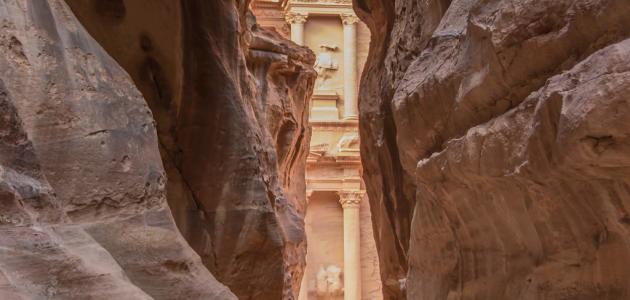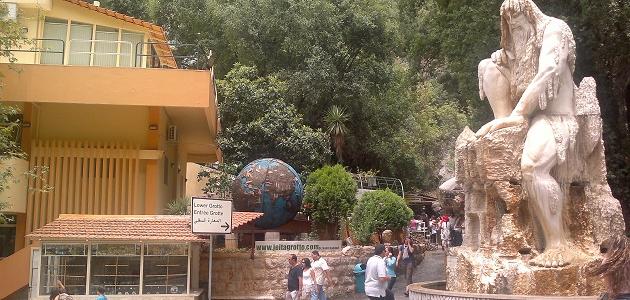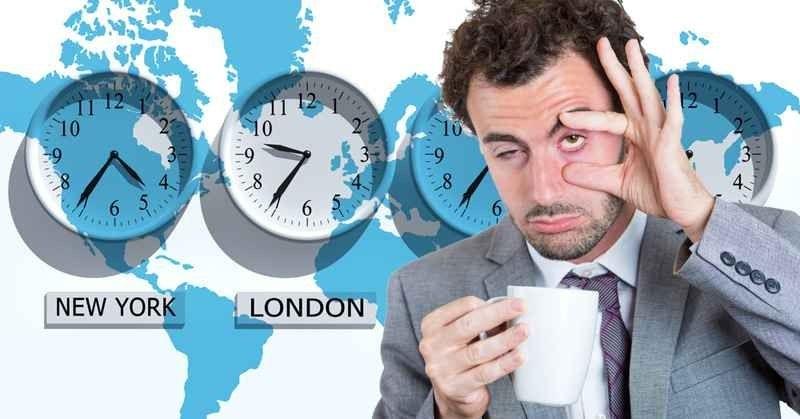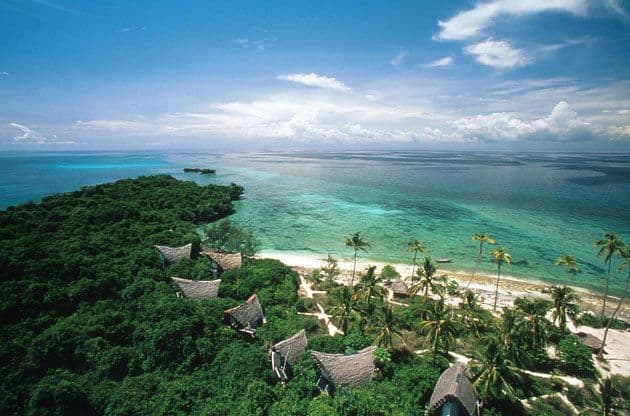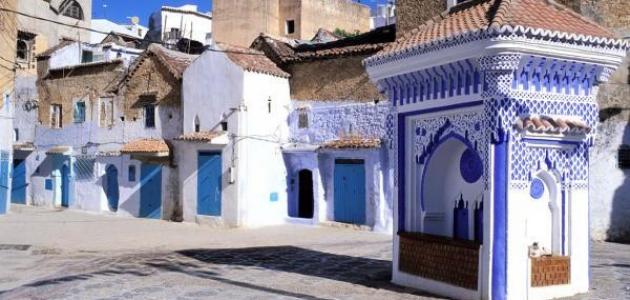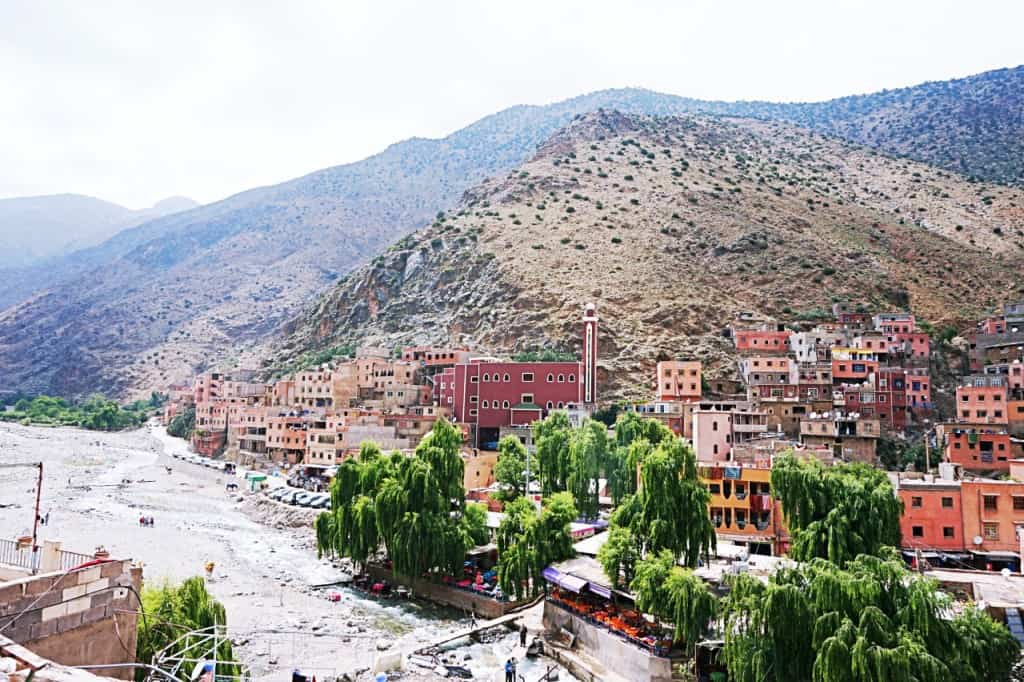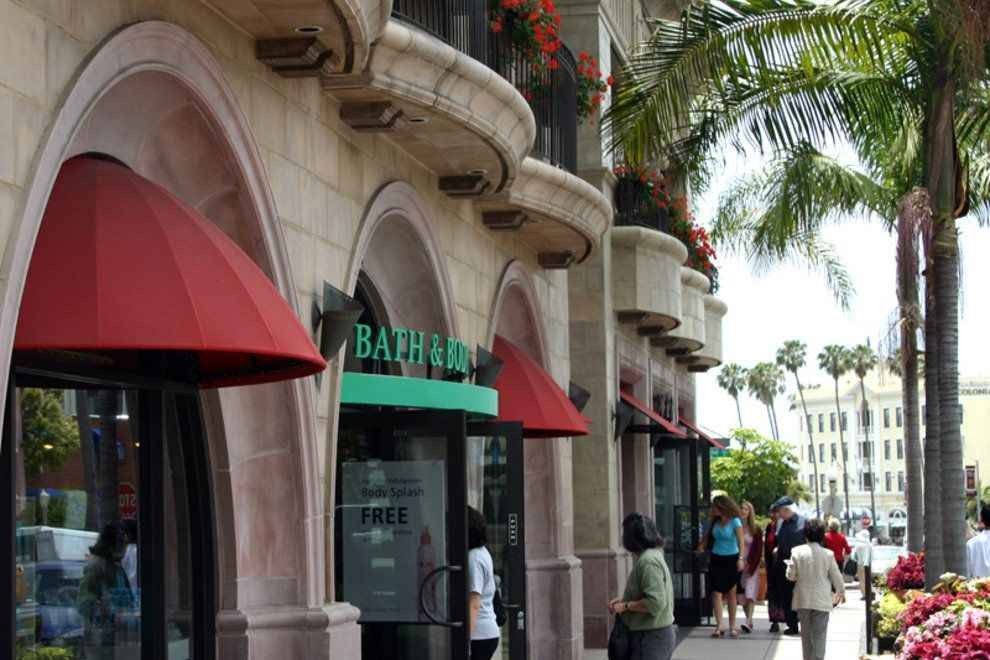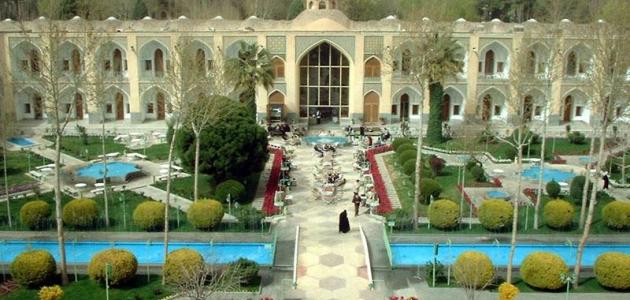Table of Contents
Morocco, West, sunset
Morocco (English: Morocco) is a country located on the continent of Africa, and it is officially known as the Moroccan Kingdom, it is bordered on the western side by the Atlantic Ocean, and on the north side it is bordered by the Mediterranean Sea, and on the eastern and southeastern sides bordered by Algeria, and on the south it is bordered by the Western Sahara, and most of the islands Located in the north of Morocco, belongs to the Spanish administration. The system of government in Morocco is considered a hereditary monarchy, and King Mohammed VI is considered the current ruler of Morocco since 1999.
Famous landmarks in Morocco
Morocco is famous for a group of famous monuments, the most important of which are:
- Historical monumentsOne of the oldest known places and places in Morocco that are considered part of the World Heritage according to the classification of the World Heritage Organization (UNESCO), including:
- Volubilis: From the Moroccan archeological cities, it was the capital of a Romen province in the third century B.C., and many archaeological remains on its land still illustrate that distinctive architectural design of its own, and this city is no longer used since about the eleventh century AD, but still Its distinctive monuments indicate an important era in the history of ancient Morocco.
- Natural featuresThese are the natural regions and geographical places that are part of the famous landmarks in Morocco, including:
- Atlas mountain range: It is a mountain chain with a height of 13,664 feet. The summit of Mount Toubkal is considered the highest mountain peak in Morocco, and these mountains are among the distinctive landmarks visited by many people of Morocco and tourists from other countries in order to see the beauty of nature.
- Cultural monuments: Are the monuments that reflect the culture of ancient and modern Moroccan civilization, so that it forms that remarkable heritage diversity, especially that which appears clearly in the ancient Moroccan cities, the most famous of which are Fez, Tetouan, and Marrakesh. Of palaces, buildings, mosques, and traditional heritage markets.
- Hassan II MosqueOne of the most famous mosques in Morocco, located in Casablanca (Casablanca), was completed in 1993, and many distinctive stones, ornaments and patterns were used that contributed to the design of the mosque’s construction.
Date
Moroccan history includes a group of important stages that contributed to the impact on Moroccan society from the beginning of its civilized history to this day, and inhabited on the land of Morocco in the past, the Berber and Berber tribes that contributed to building the ancient Moroccan civilization, and the migration of peoples to Moroccan lands led to Increasing population density in it, and at the end of the seventh century AD Islam arrived in Morocco, and it found clear acceptance among the Moroccan people, which led to the emergence of the Arab Moroccan culture.
In the eleventh century AD, the Almoravids ruled Morocco, and they managed to control many of the Moroccan lands and the areas surrounding them, as their rule extended from southern Spain to southern Sahara in Africa, and since the late fifteenth century CE the Europeans have tried to establish areas of influence for them on Moroccan lands, But the Moroccan people were able to resist them.
At the beginning of the twentieth century AD, the French and Spanish forces had taken control of the north and east of Morocco, and many Moroccan cities were occupied, the most important of which were Rabat, Meknes, and Fez who became under the French occuAl Bahahn, and the palace and Larache under the Spanish occuAl Bahahn, but France later managed to impose its control The whole country over Morocco, which led to the declaration of French protection on Moroccan soil in 1912.
The French occuAl Bahahn of Morocco led to its division into three sections: the French section, the Spanish section, and the Moroccan section, but the Moroccan popular revolutions demanded that Morocco restore its independence and territorial integrity, and this is what France rejected and sought to increase the division of the Moroccan people by separating the barbarian tribes from the people of Morocco Of the other tribes, and this is what the Moroccans rejected, the popular revolutions that demand the independence of Morocco continued, until France was forced to recognize the official independence of Morocco, which was signed on March 2, 1956 AD, and King Mohammed V became the property of Of the Kingdom of Morocco.
Geographical topography
The total geographical area of Morocco is 710,850 km², and its geographical topography is divided into four sections, namely:
- Low coastal landsIt is the lands located along the maritime coasts of both the Atlantic and the Mediterranean, and begins with a gradual rise until it ends with the emergence of a group of high plateaus. As for the flat and low lands, many agricultural crops are spread that obtain their irrigation water from the rivers that exist in Territory.
- Atlas Mountain RangeIt is a series of famous mountains in Morocco, which are divided into two parts:
- The coastal mountains are located by the Mediterranean coast, called the countryside.
- The inner mountains are divided into three mountain ranges, namely Atlas of As Saghir, Atlas of the Mediterranean, and Atlas of the Great.
- the desert: It is the dry desert regions in Morocco, located in the eastern and southern sides of the Atlas Mountains, and it is spreading sand, gravel and rocks.
- Plains: It is a relatively high plains, located near the Atlas Mountains, and is characterized by its fertile soil. The most famous are the plains of Marrakech, Fez, and Meknes.
the climate
The general climate in Morocco is considered to be different between drought in the south and moderation in the north, which led to a difference in temperatures between the Moroccan regions, where temperatures in areas near the Mediterranean coast are moderate in the winter, and medium in the summer, or in the summer. The interior of Morocco shows the characteristics of the continental climate, as temperatures decrease in high places, especially on mountain peaks.
Population
The estimated number of the population of Morocco is 33,655,786 million, and the population of Arab and Berber origins constitutes 99%, and the Arabic language is the official language of Morocco with the use of a group of other languages; especially the Berber language, and the French language either in public areas or in various stages Scholastic. Islam is the official religion of Morocco, and Muslims constitute 99% of the total population density.

